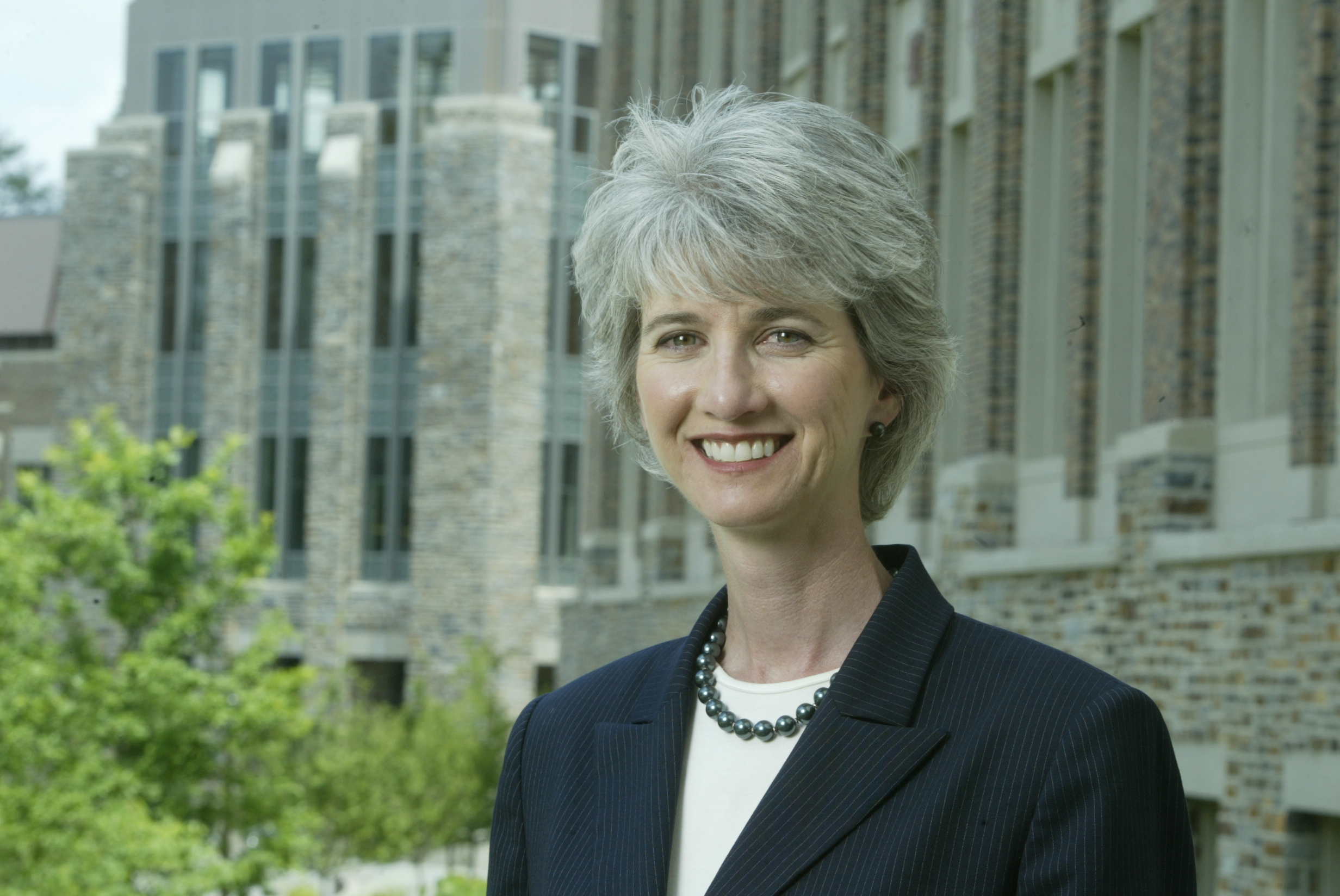Kristina M. Johnson
 |
Kristina M. Johnson Country of origin: USA |
I first got interested in optics in high school, when we studied waves as part of the AP physics class - it just seemed intuitive. In my senior year, I entered the science fairs with a project mapping the growth of the sporangiophore called Phycomyces using double-exposure holography. This project, in 1975, won both the city and state science fairs, and a first and second place at the International Science Fair. Optics and holography just seemed like magic!
I have been so fortunate to have had great parents and siblings that have always encouraged and inspired me to do my best. My dad, Robert G. Johnson, was an electrical engineer with Westinghouse, which i why I became an electrical engineer. My mother, Kathleen, believed that the way forward in America was getting a good education.
My high school physics teacher, Mr. Gilmore, first introduced me to optics and holography through the 1968 Scientific American article on the subject, and the great labs he had in our class. Professor W. Thomas Cathey, a professor at the University of Colorado at Denver loaned me some mirrors, and it was in his laboratory where I first saw the holographic images that I made in my basement at home. It was so incredibly exciting that I almost dropped them, which would have shattered the glass plates.
At Stanford, Professor Joseph Goodman welcomed me into his holography lab as a freshman, in 1975. Eight years later I graduated from Stanford University with a PhD in electrical engineering, under the direction of Professor Joseph W. Goodman. What a great mentor and wonderful environment to study such a visually delightful subject.
I love my job. In particular, working with great students, faculty staff and friends of Duke, we have launched a major initiative in optics and photonics: The Fitzpatrick Center for Photonics. The Center's purpose is to educate the next generation of researchers in this technology, called by the National Research Council as the "Enabling Technology of the 21st Century." It's still magic!